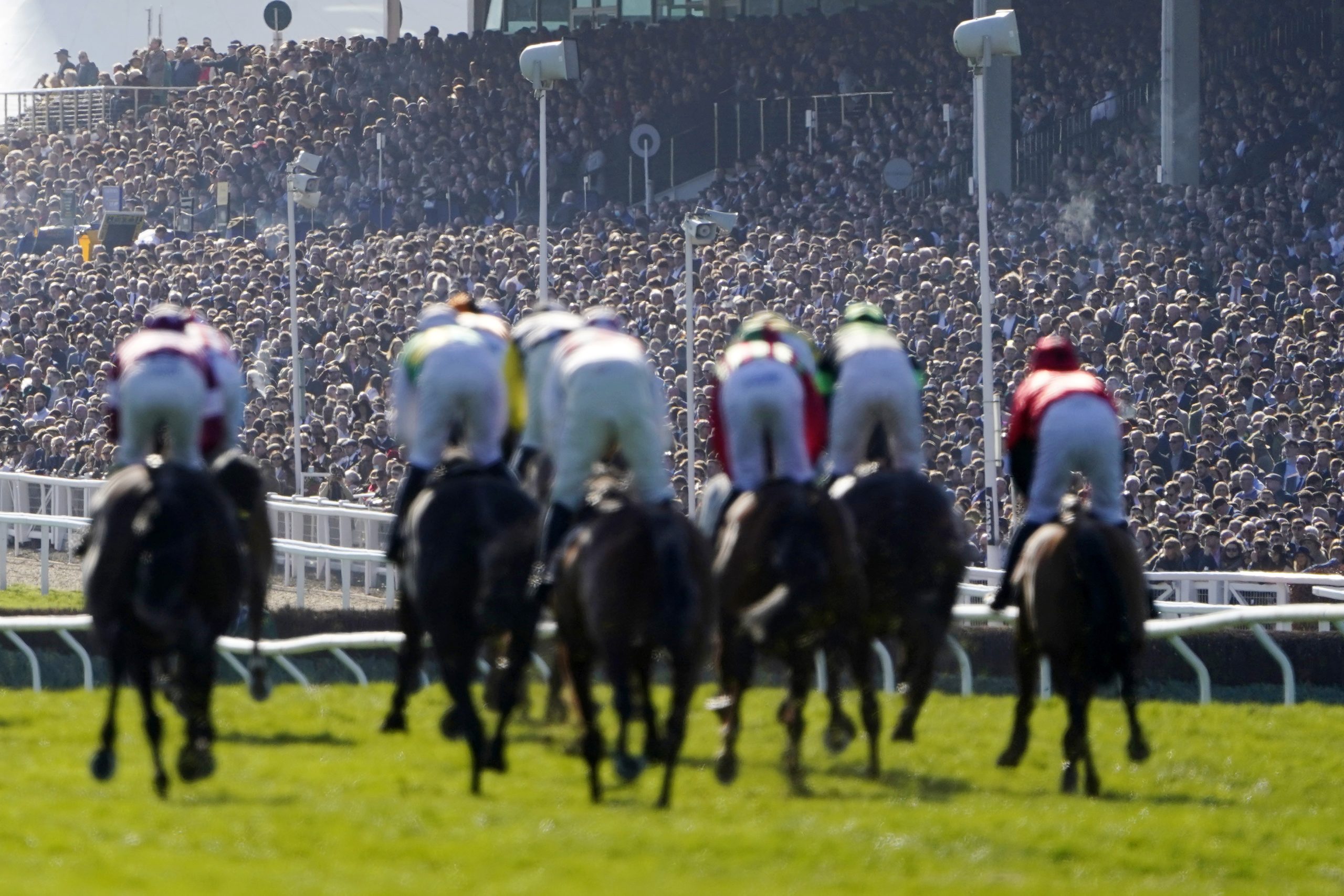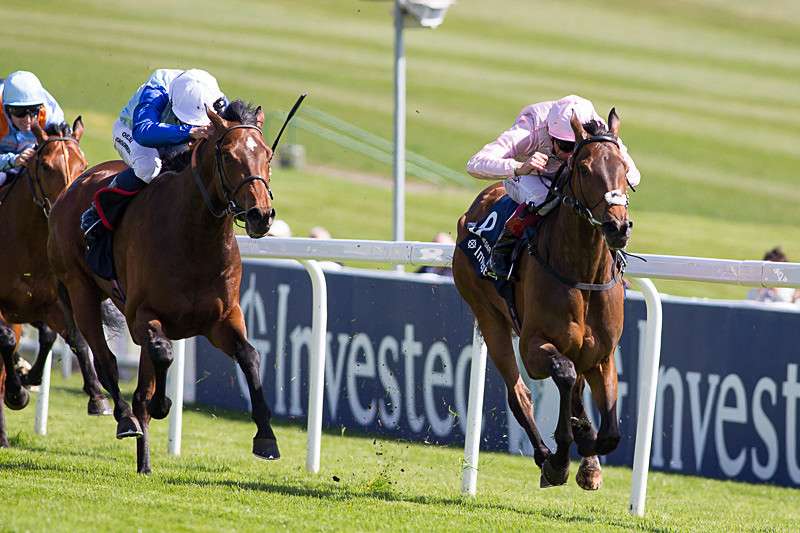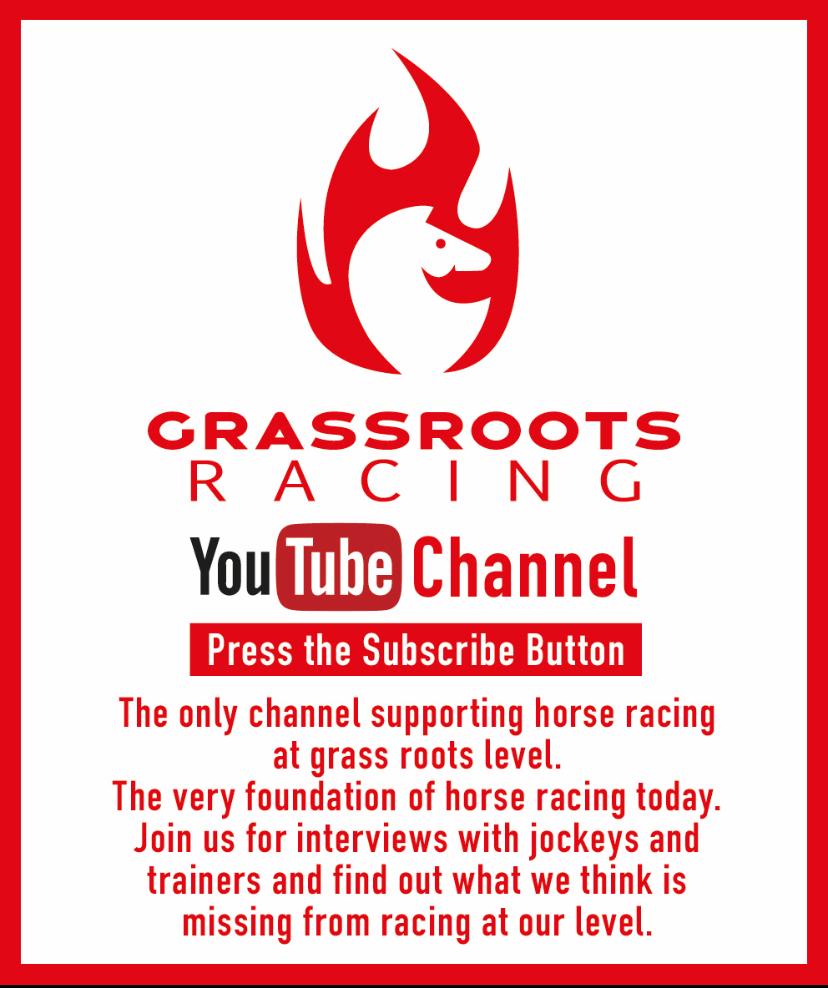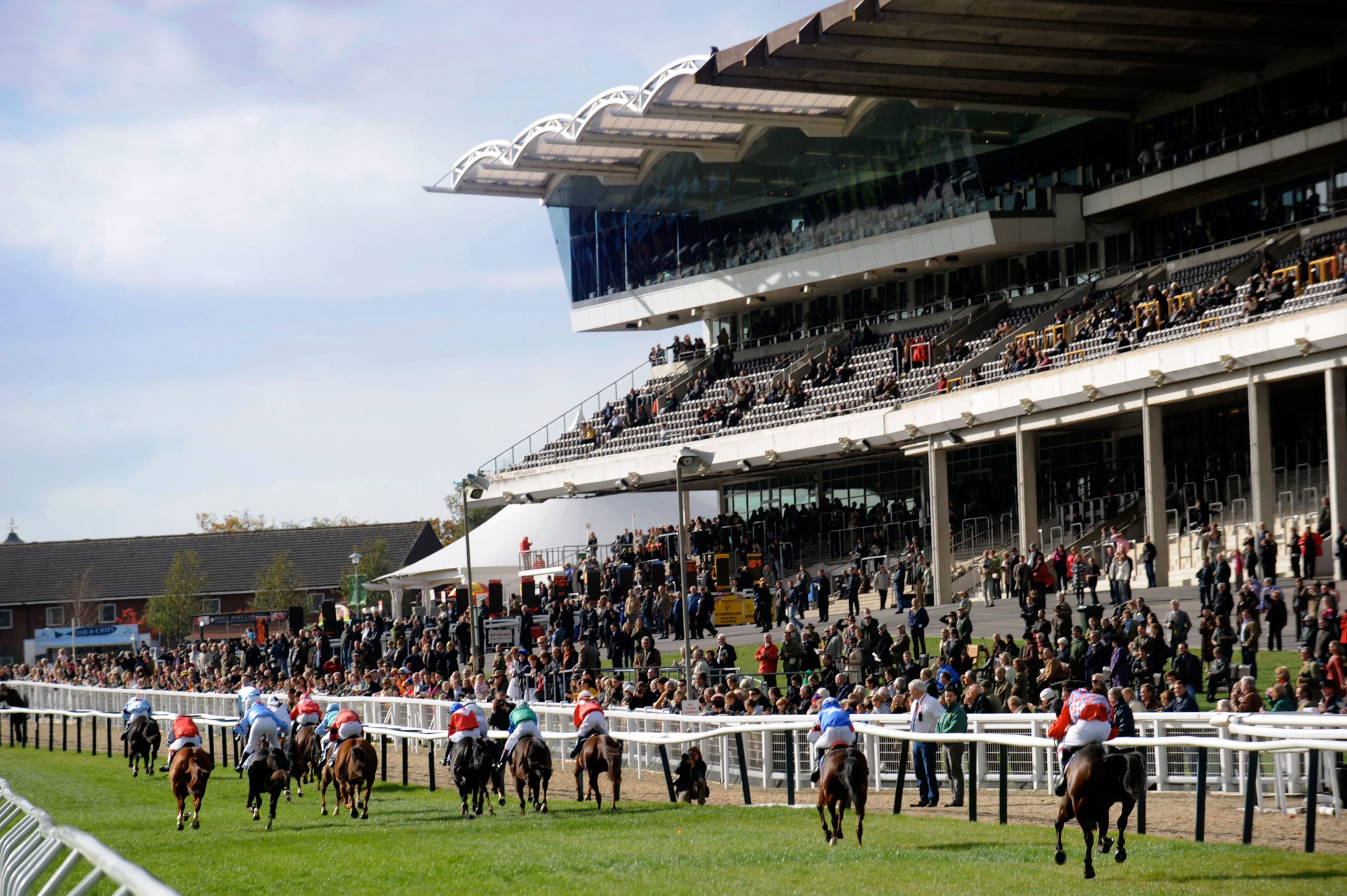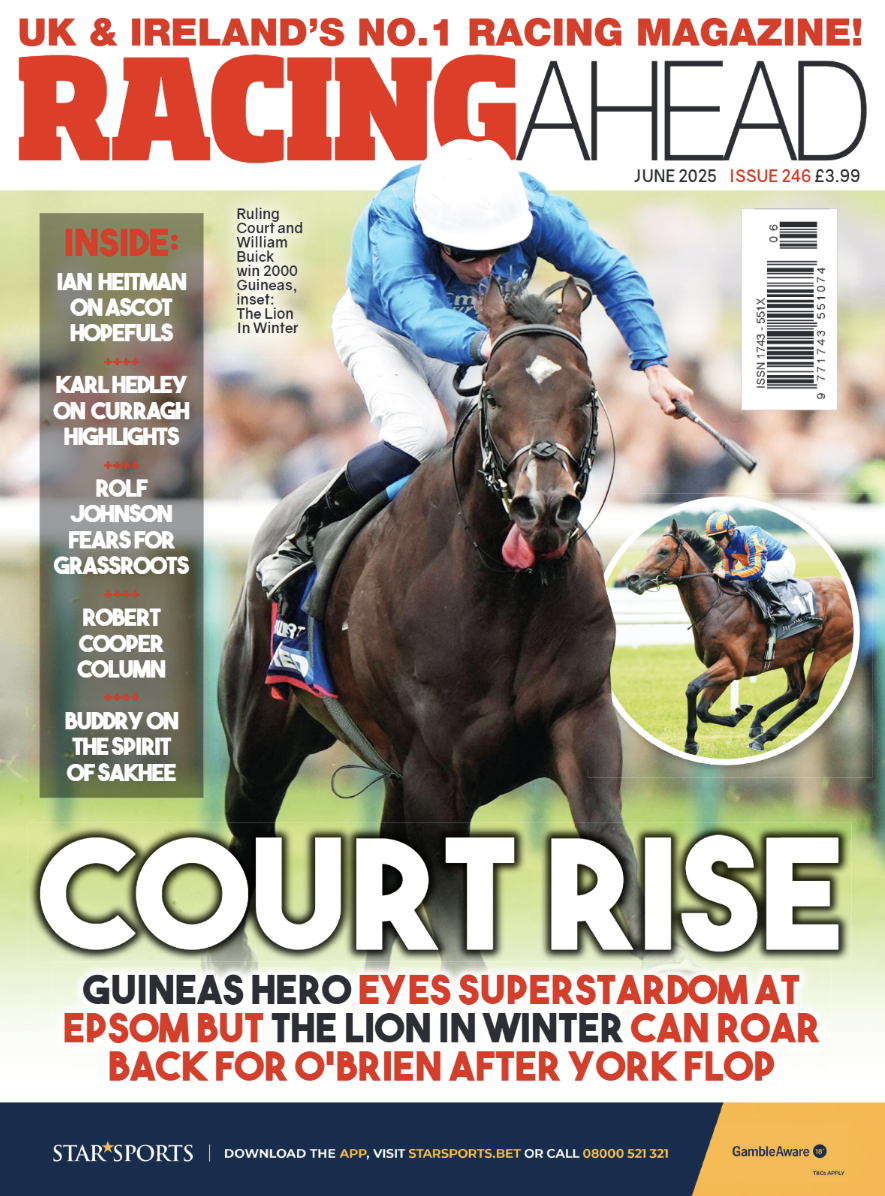
While South Australia may not be as popular as the other states when it comes to horse racing, the sport is still a significant economic driver. The industry contributes over AUD$367 million to the state’s gross state product or four percent of the total earnings from the entire sector in the country. (1)
In addition, the 25 horse racing clubs in South Australia employ almost 3,000 jobs, producing an estimated AUD$210 million in household incomes. More than 10,900 participants in the local racing industry are employees and volunteers. (1)
Also participating on the sidelines are seasonal and skilled punters eagerly awaiting SA race results after betting. These individuals keep the industry alive and make horse racing in South Australia safe by adding funds through their wagers, no matter how small.
Besides being a significant source of income and entertainment, these are five of the most interesting facts about horse racing in South Australia you’ll want to know.
- Betting on horse racing in South Australia formally started in 1879
The first-ever horse racing in South Australia occurred in the 1830s. While betting may have been done as early as the sport, it wasn’t until 1879 that on-course betting was attached to the sport by introducing a totalisator.
A totalisator board refers to the display at a race track containing information about the payoff and odds for each thoroughbred. With pressure from the church and other groups, betting was banned from 1884 to 1888 in South Australia—leading to the industry’s temporary collapse. (2)
Fortunately, the clamour to revive the totalisator in 1889 resulted in the reinvigoration of the sector, alongside the revival of prominent organisations, South Australia Jockey Club (SAJC) and Adelaide Racing Club (ARC), and the eventual creation of other horse racing industry groups. (2)
These days, totalisators can be viewed in and outside the racetrack and on online betting sites such as www.punters.com.au. These websites are full of information about horse racing in South Australia and even in other states.
- The Adelaide Cup is the most prominent horse racing event in South Australia
While the Adelaide Cup has been around since 1864, it wasn’t until 1973 that it was officially declared a public holiday. While held primarily in May, organisers decided to move the official date to every Monday of March since 2006 to attract more participants and avail of the excellent weather. The Morphettville racecourse was also designated as the official host for the Adelaide Cup. (3)
The event is organised by the SAJC and features eight races. These events occur about 40 minutes from each other to provide participants enough time to socialise and place bets. Before placing wagers, it’s highly recommended to gather information and expert insights from https://www.youtube.com/c/PuntersAustralia to help you decide how to choose the most winnable runner.
- Automatic totalisators were first used in South Australia
On January 1938, horse racing enthusiasts gathered at the Thebarton track to organise the initial thoroughbred racing in South Australia. It wasn’t until more than a decade later that fixed tracks were built. In 1864, the initial race of South Australia’s premier racing event, the Adelaide Cup, was held at the Thebarton field, nine years ahead of the formation of SAJC in 1873. (4)
As the industry grew, more tracks were built in the 1870s, notably the Morphettville, which hosted the Adelaide Cup in 1876. Jockey clubs were also created to organise local and state-wide thoroughbred racing in South Australia.
The manual totalisator, or ‘tote,’ was used for the first time in South Australia in 1879 to eliminate bookmakers on the field and regulate betting. However, it didn’t work as expected and had to be stopped for four years. The move severely impacted the sector, so the tote board was reintroduced.
In 1921, the SAJC pioneered the automatic totalisator machine, making ticket counting and odds and dividends betting easier. It also resulted in horse racing events offering more significant betting prizes. (4)
- Melbourne Cup’s first female jockey is one of South Australia’s legend racers
Female jockeys were only allowed participation on the racetracks in 1979. So, two female jockeys pretended to be males to be allowed to ride. Wilhelmina Smith rode in a few events as Bill Smith in the mid-1900s. Meanwhile, Melbourne native Elizabeth Williams Berry became Jack Williams and competed locally and internationally during her 24-year jockeying stint before settling in the United States.
South Australia’s legend racer, Clare Lindop, didn’t have to switch genders to become the first woman to participate in the Melbourne Cup in 2003. She also took a spot in Australia’s racing history when she because the first woman to snag the Victoria Derby in 2008.
With over 1,400 wins under her belt, Lindop is also a three-time South Australia Metropolitan Premiership Jockey winner and a two-time State-wide Championship Premier rider. She was inducted into the South Australian Racing Hall of Fame in 2018 and had a game named after her in the Adelaide Cup since 2021. (5)
Concluding thoughts
Horse racing in South Australia may not be as prominent as the Melbourne Cup, but the sport continues to be a significant source of income and entertainment to most. With these contributions to history, society, and the economy, it’s clear that thoroughbred competitions in this part of Australia mean serious business.
References
- “Thoroughbred Racing in South Australia”, Source: https://ier-study.racingaustralia.horse/state-and-territory-impacts/south-australia/
- “Racing and other Equine Sports in West Torrens”, Source: https://www.westtorrens.sa.gov.au/Council/Local-History/Horse-Racing-in-the-West-Torrens-Area/Racing-and-other-Equine-Sports-in-West-Torrens
- “Adelaide Cup Day 2023, 2024 and 2025”, Source: https://publicholidays.com.au/adelaide-cup-day/
- “Horseracing”, Source: https://sahistoryhub.history.sa.gov.au/subjects/horseracing
- “Q and A: SA legend Claire Lindop”, Source: https://racingsa.com.au/blog/2020/08/13/2602/q-and-a-sa-legend-clare-lindop


